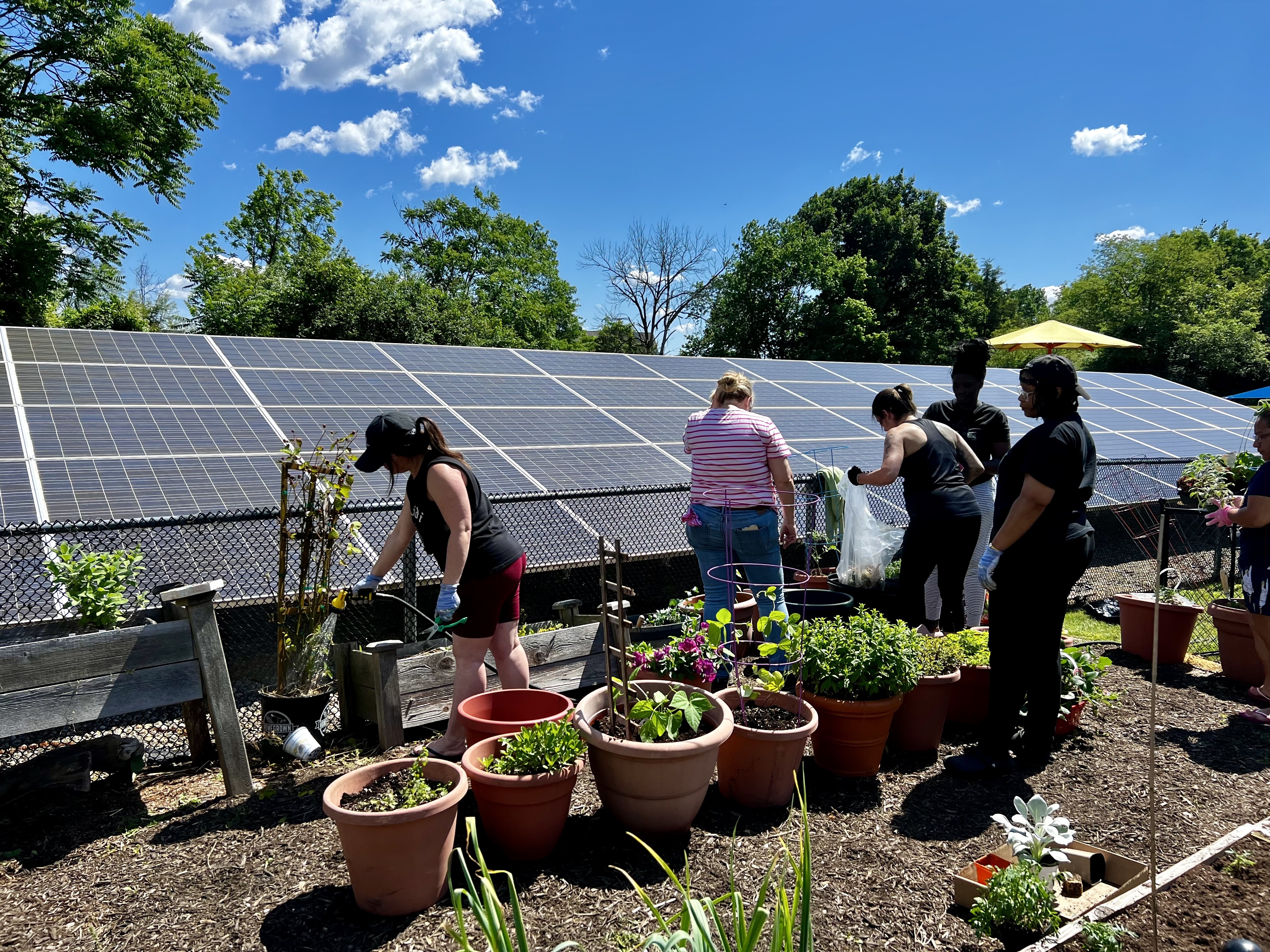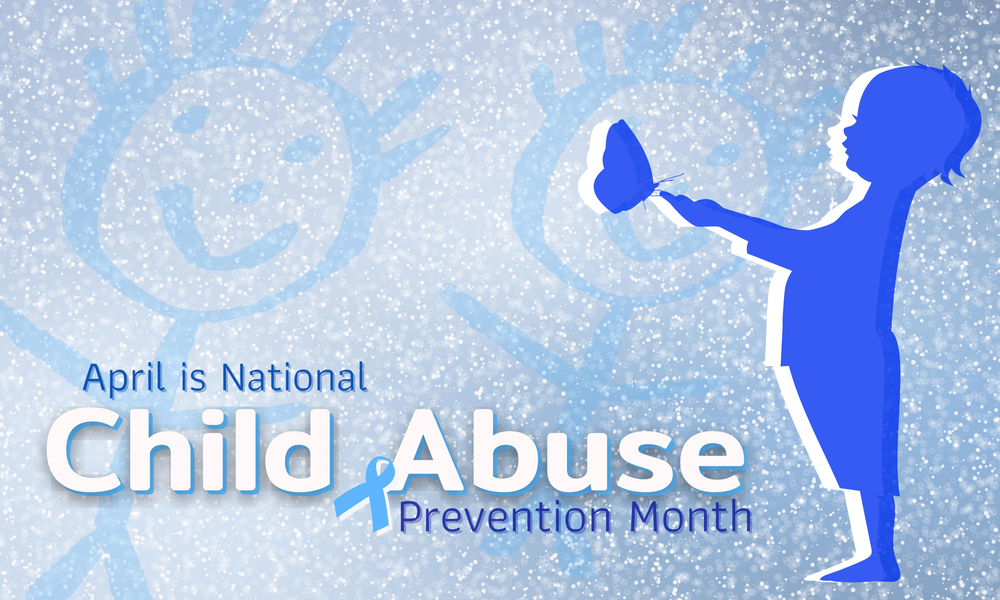
The Healing Power of Horticultural Therapy for Women with Substance Use Disorders
When life feels uprooted by the challenges of substance use disorders, sometimes growth begins in the soil beneath our feet. Horticultural therapy—a practice that combines gardening activities with therapeutic goals—is emerging as a powerful tool for healing, especially for women with substance use disorders.
This therapeutic approach offers more than just lush greenery or bountiful harvests; it cultivates emotional resilience, physical health, and a renewed sense of purpose. At places like The Center for Great Expectations, these benefits come to life through simple yet transformative gardening activities. Women plant flowers in pots on the front patio, nurturing vibrant blooms that beautify their surroundings and symbolize the possibilities of growth and renewal. Additionally, they collaborate on planting a vegetable and herb garden, an effort that combines teamwork, responsibility, and creativity. The women then tend to these plants, ensuring their vitality, while reaping the fruits of their labor to prepare nutritious meals with homegrown vegetables and herbs.
How Horticultural Therapy Supports Recovery
For women with substance use disorders, horticultural therapy addresses recovery on multiple levels:
- Emotional Well-being: Gardening reduces stress, anxiety, and depression by engaging individuals in mindful, physical activities. It helps women reconnect with their sense of self-worth as they witness tangible results from their efforts.
- Physical Benefits: Activities like planting, weeding, and watering provide light exercise, improving overall health and supporting physical recovery.
- Skill Development: Tending a garden teaches practical skills like planning, organization, and problem-solving, which are transferable to other areas of life.
- Connection and Purpose: Gardening fosters a sense of belonging and accomplishment, whether women work collaboratively or reflect quietly in nature.
The Numbers Speak
The positive outcomes of horticultural therapy are increasingly supported by research. Studies show that therapeutic gardening can reduce cortisol (the stress hormone), improve mood, and boost self-esteem. According to the American Horticultural Therapy Association (AHTA), participants in these programs often report enhanced social skills and greater motivation to engage in healthy routines. Furthermore, surveys of treatment centers implementing horticultural therapy have demonstrated improved rates of sustained recovery and client satisfaction.
Blossoming at The Center for Great Expectations
The work being done at The Center for Great Expectations illustrates the essence of horticultural therapy. Here, gardening isn’t just a pastime – it’s a metaphor for recovery itself. Planting flowers symbolizes hope and new beginnings, while the vegetable and herb garden provides opportunities for nourishment and self-sufficiency. By taking responsibility for their gardens, women build confidence and cultivate discipline, all within a supportive community.
Moreover, using their homegrown produce to prepare meals transforms the garden into a source of empowerment. Every meal becomes a reminder of their progress, a chance to celebrate their effort and commitment. The beauty of this approach lies in its simplicity—it meets women where they are, offering healing through nature and meaningful activities.
Cultivating Growth
Horticultural therapy is more than a tool for recovery; it’s a way to reestablish a connection with life. For women facing substance use disorders, this practice offers the opportunity to dig deep into their own strength, resilience, and ability to create positive change. As flowers bloom and vegetables grow, so do these women—renewed by the therapy of tending and nurturing, one seed at a time.
If you would like to learn more or get involved in supporting the therapeutic gardening programs at The Center for Great Expectation, visit our website www.cge-nj.org. After all, every garden starts with a single seed—and every recovery begins with the first step toward growth.


